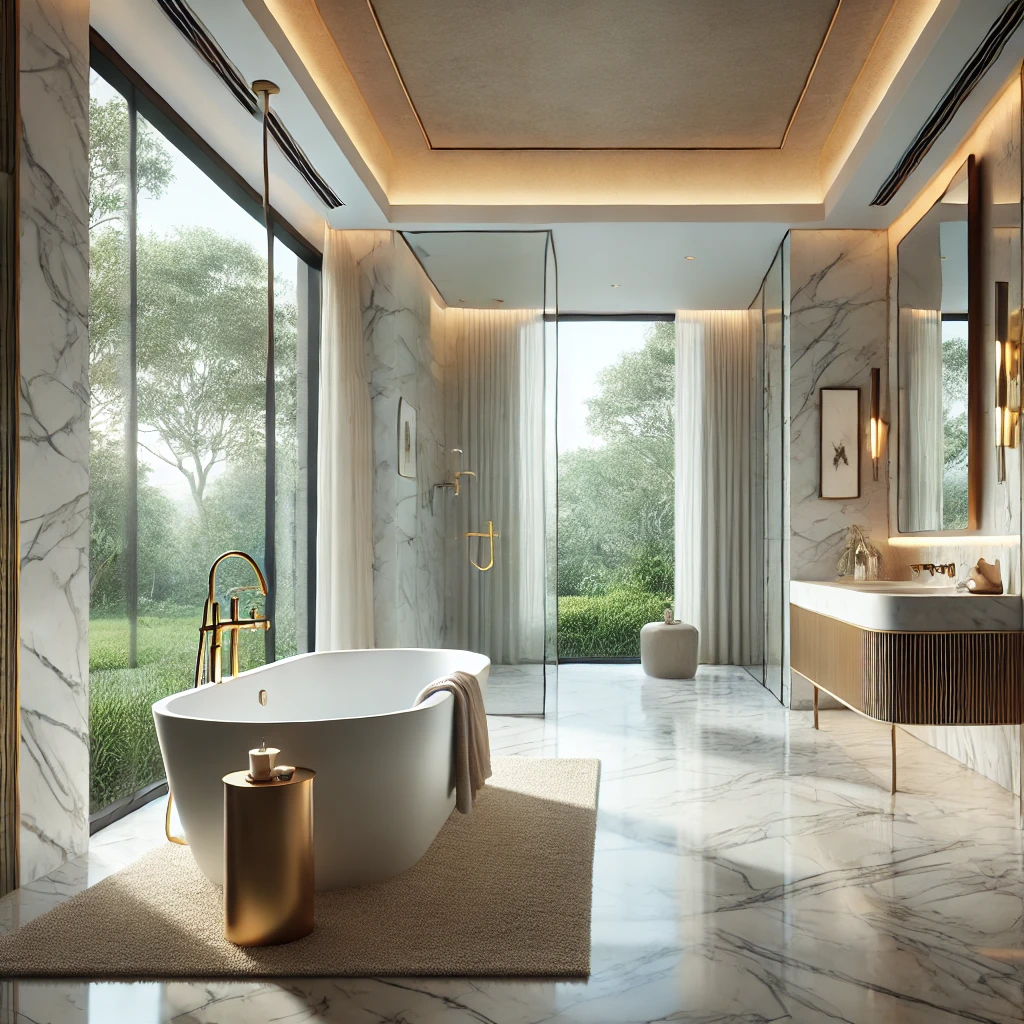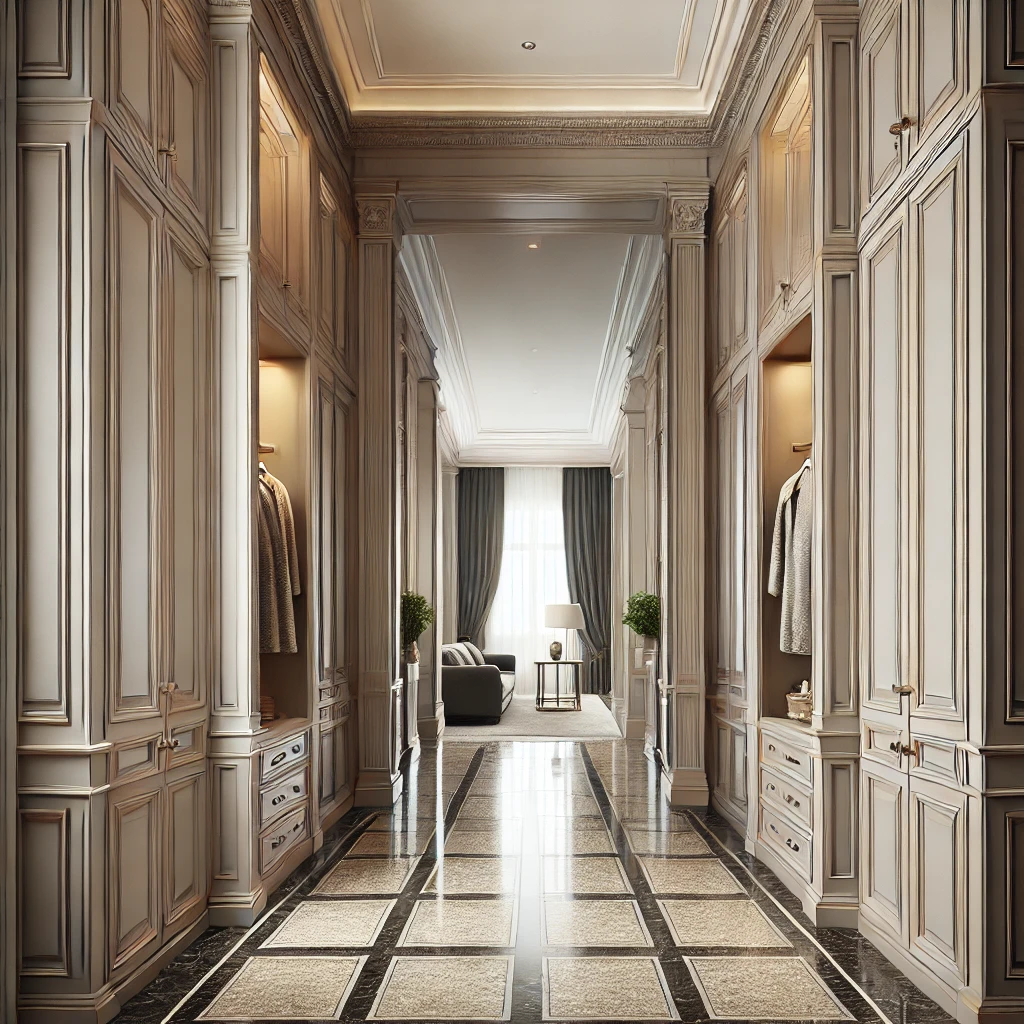Page 3 - Zubra Admin
-
- May 06, 2025 - 6 min read
While both limewash paint and traditional paint can change the color of walls, the difference in their composition and resulting effects is significant. ZUBRA Limewash Paint is made from renewable raw materials such as clay, minerals, and authentic natural pigments. It is produced through an entirely natural process, offering benefits and final results that differ greatly from traditional paints.
-
- May 06, 2025 - 4 min read
The ZUBRA Primer is an essential step in preparing various materials and surfaces for limewash paint. Its application ensures optimal adhesion, even coverage, and durability of the final paint effect.
-
- May 06, 2025 - 8 min read
Limewash ZUBRA paint offers a wide range of applications, not only on traditional plasters or walls but also on various wooden surfaces. Thanks to its unique formula, this natural paint can be applied directly to many types of wood, creating both opaque finishes and subtle wash effects that highlight the natural grain of the wood. Here are some tips on how to use limewash paint on wooden surfaces:
-
- May 06, 2025 - 8 min read
ZUBRA limewash paint offers wide application possibilities, not only on traditional plasters or walls but also on various wooden surfaces. Thanks to its unique formula, this natural paint can be applied directly to many types of wood, creating both opaque finishes and subtle washed effects that expose the natural wood grain. Here are some tips on how to use limewash paint on wooden surfaces.
-
- May 05, 2025 - 6 min read
Limewash paint is a natural product that has been used in construction for centuries. In today’s era of growing ecological and health awareness, lime paints like Limewash are gaining increasing recognition. Due to its unique properties, this paint is particularly recommended for people with allergies and sensitivities to traditional paints.
-
- May 05, 2025 - 4 min read
If you’re looking to refresh the look of your home, you might come across terms like limewash, white wash, and German Schmear. Each of these techniques offers a unique look and requires different application methods.
-
- May 05, 2025 - 4 min read
Choosing the right paint for interiors or facades can significantly impact the health of residents, room aesthetics, and the environment. In this article, we will compare lime paints with traditional latex paints, focusing on the ecological, health, and aesthetic benefits of lime paints.
-
- May 05, 2025 - 6 min read
Japandi style is synonymous with the harmonious blend of Scandinavian minimalism and Japanese aesthetics. It is characterized by simplicity, functionality, and a deep respect for nature. The design features natural materials, muted colors, and thoughtful, restrained forms.
-
- May 05, 2025 - 7 min read
Limewash, also known as whitewash, is a traditional type of paint used for centuries to paint and protect surfaces. It is an eco-friendly paint, primarily made from slaked lime, which gives it a range of unique properties. Unlike modern synthetic paints, Limewash is entirely natural, making it an ideal choice for those seeking ecological solutions.
-
- May 05, 2025 - 8 min read
In today’s world, where more attention is being paid to health, well-being, and environmental protection, it’s no surprise that there is growing interest in natural products. This trend also includes building and decorative materials, with people increasingly looking for ways to introduce elements more in harmony with nature into their homes. ZUBRA LIMEWASH perfectly fits this search, offering a product that is not only beautiful and durable but also environmentally friendly.




